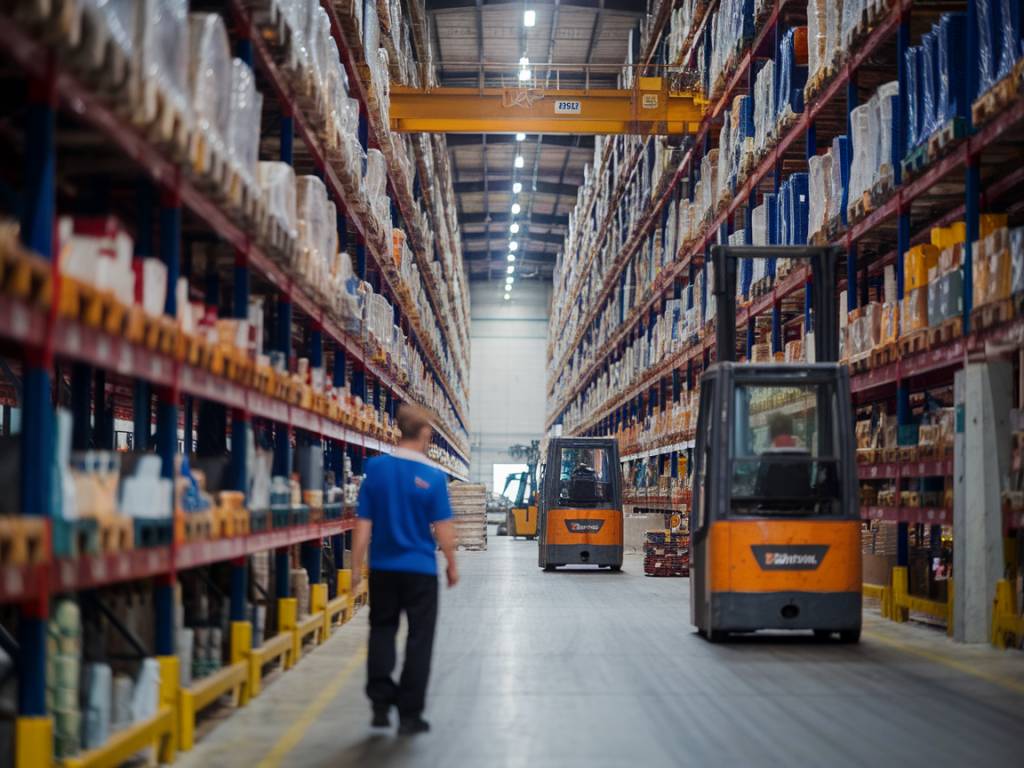Introduction to Collaborative Logistics Platforms
In the rapidly evolving world of logistics and transportation, innovative solutions are necessary to address the challenges of complexity, inefficiency, and fragmentation. One such solution is the advent of collaborative logistics platforms. These digital ecosystems connect various stakeholders, including shippers, carriers, and third-party logistics providers, to streamline operations and enhance overall efficiency. In this article, we will explore the fundamentals of collaborative logistics platforms, their benefits, and how they are transforming the logistics landscape.
Understanding Collaborative Logistics Platforms
At their core, collaborative logistics platforms are digital interfaces designed to facilitate real-time communication, data sharing, and coordination among different parties involved in the supply chain. These platforms use advanced technologies, such as cloud computing, artificial intelligence (AI), and the Internet of Things (IoT), to create a seamless and integrated logistics network.
- Cloud Computing: Ensures that all data and applications are accessible from anywhere at any time, promoting scalability and flexibility.
- Artificial Intelligence: Provides predictive analytics and insights to optimize routing, inventory management, and demand forecasting.
- Internet of Things: Connects physical assets, such as trucks and warehouses, to the digital platform through sensors and GPS devices for real-time tracking and monitoring.
Key Features of Collaborative Logistics Platforms
Collaborative logistics platforms come equipped with a range of features designed to enhance coordination and efficiency across the supply chain. These features often include:
- Real-Time Tracking: Provides visibility into the location and status of shipments, enabling proactive decision-making and reducing the likelihood of delays.
- Automated Scheduling: Uses AI algorithms to optimize delivery schedules and route planning, minimizing fuel consumption and reducing transit times.
- Inventory Management: Tracks inventory levels in real-time and provides alerts when stock levels are low, preventing shortages and overstock situations.
- Collaborative Workspaces: Allows different stakeholders to collaborate in a shared virtual environment, facilitating better communication and problem-solving.
- Data Analytics: Collects and analyzes data from various sources to provide actionable insights and identify trends, helping businesses make informed decisions.
Benefits of Collaborative Logistics Platforms
The implementation of collaborative logistics platforms brings numerous benefits to all stakeholders involved in the supply chain. Some of the key advantages include:
- Enhanced Efficiency: By improving coordination and communication, these platforms help reduce operational bottlenecks and streamline processes, leading to increased efficiency.
- Cost Savings: Optimized routing, better inventory management, and reduced downtime contribute to significant cost savings for businesses.
- Improved Customer Satisfaction: Real-time tracking and accurate delivery estimates lead to higher levels of customer satisfaction and trust.
- Increased Agility: Businesses can quickly adapt to changing market conditions and customer demands, thanks to the flexibility offered by these platforms.
- Better Resource Utilization: Efficient use of assets and resources, such as vehicles and warehouses, reduces waste and promotes sustainability.
- Risk Mitigation: Real-time data and predictive analytics enable businesses to identify potential risks and take proactive measures to mitigate them.
Case Studies: Successful Implementation of Collaborative Logistics Platforms
Several companies have already reaped the benefits of implementing collaborative logistics platforms. Let’s delve into a few case studies to understand how these platforms have transformed their logistics operations.
Zara
Zara, the global fashion retailer, has integrated a collaborative logistics platform to enhance its supply chain efficiency. By leveraging real-time data and advanced analytics, Zara can quickly respond to changing fashion trends and customer preferences. The platform enables seamless collaboration between suppliers, manufacturers, and logistics providers, ensuring timely delivery and optimal inventory management.
A.P. Moller – Maersk
A.P. Moller – Maersk, a leading global shipping company, uses a collaborative logistics platform to enhance visibility and control over its vast network of shipping routes. The platform provides real-time tracking, automated scheduling, and predictive analytics, helping Maersk optimize its operations and reduce transit times. As a result, the company has achieved significant cost savings and improved customer satisfaction.
Challenges and Considerations
Despite the numerous benefits, the implementation of collaborative logistics platforms comes with its own set of challenges and considerations. Businesses must be aware of these potential obstacles to ensure a successful deployment:
- Data Security: Protecting sensitive information is paramount, and companies must invest in robust cybersecurity measures to safeguard their data.
- Integration with Existing Systems: Seamless integration with existing enterprise resource planning (ERP) systems and other software is crucial for maximizing the platform’s benefits.
- Change Management: Adopting new technologies often requires a cultural shift within the organization. Proper training and change management strategies are essential to ensure staff buy-in and smooth transition.
- Initial Investment: The upfront cost of implementing a collaborative logistics platform can be significant. Businesses must weigh these costs against the long-term benefits and potential ROI.
The Future of Collaborative Logistics Platforms
The future of collaborative logistics platforms looks promising, with several trends and advancements set to shape their evolution:
- Artificial Intelligence and Machine Learning: AI and machine learning will continue to play a critical role in enhancing the predictive capabilities of these platforms, enabling more accurate demand forecasting, and route optimization.
- Blockchain Technology: Blockchain can offer a secure and transparent way to record transactions and track assets, further enhancing trust and collaboration among stakeholders.
- 5G Connectivity: The rollout of 5G networks will enable faster data transmission and more reliable real-time tracking, enhancing the overall efficiency of logistics operations.
- Sustainable Logistics: Collaborative platforms will increasingly incorporate features that promote sustainability, such as carbon footprint tracking and green transportation options.
- Expanded Use Cases: As these platforms become more sophisticated, their applications will extend beyond traditional logistics to include areas like reverse logistics, last-mile delivery, and omnichannel retail.
In a world where efficiency, cost-effectiveness, and customer satisfaction are paramount, collaborative logistics platforms represent a significant step forward in the journey towards a smarter and more connected supply chain. By harnessing the power of real-time data, advanced analytics, and seamless collaboration, these platforms are poised to revolutionize the logistics industry, driving unprecedented levels of efficiency and innovation.
